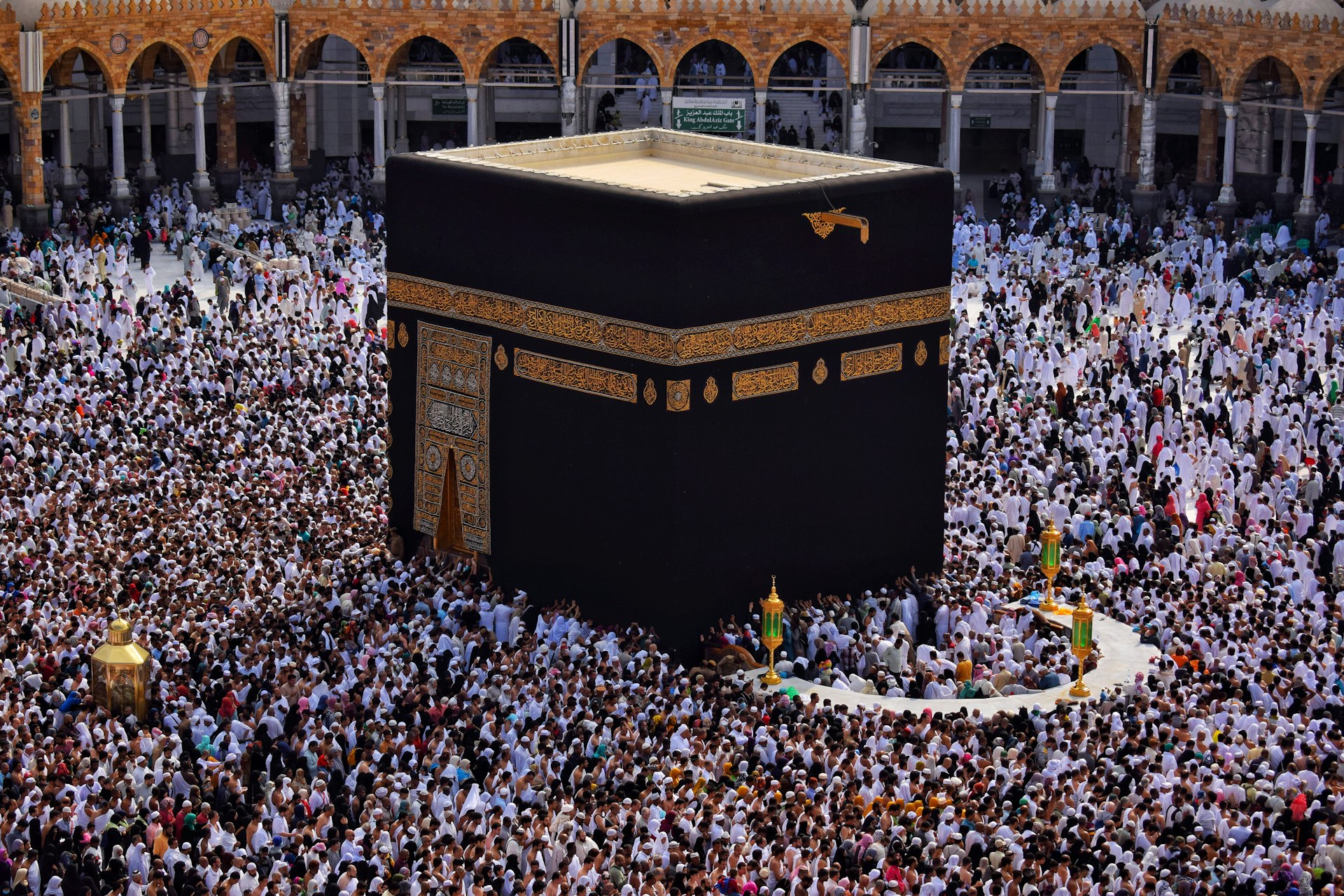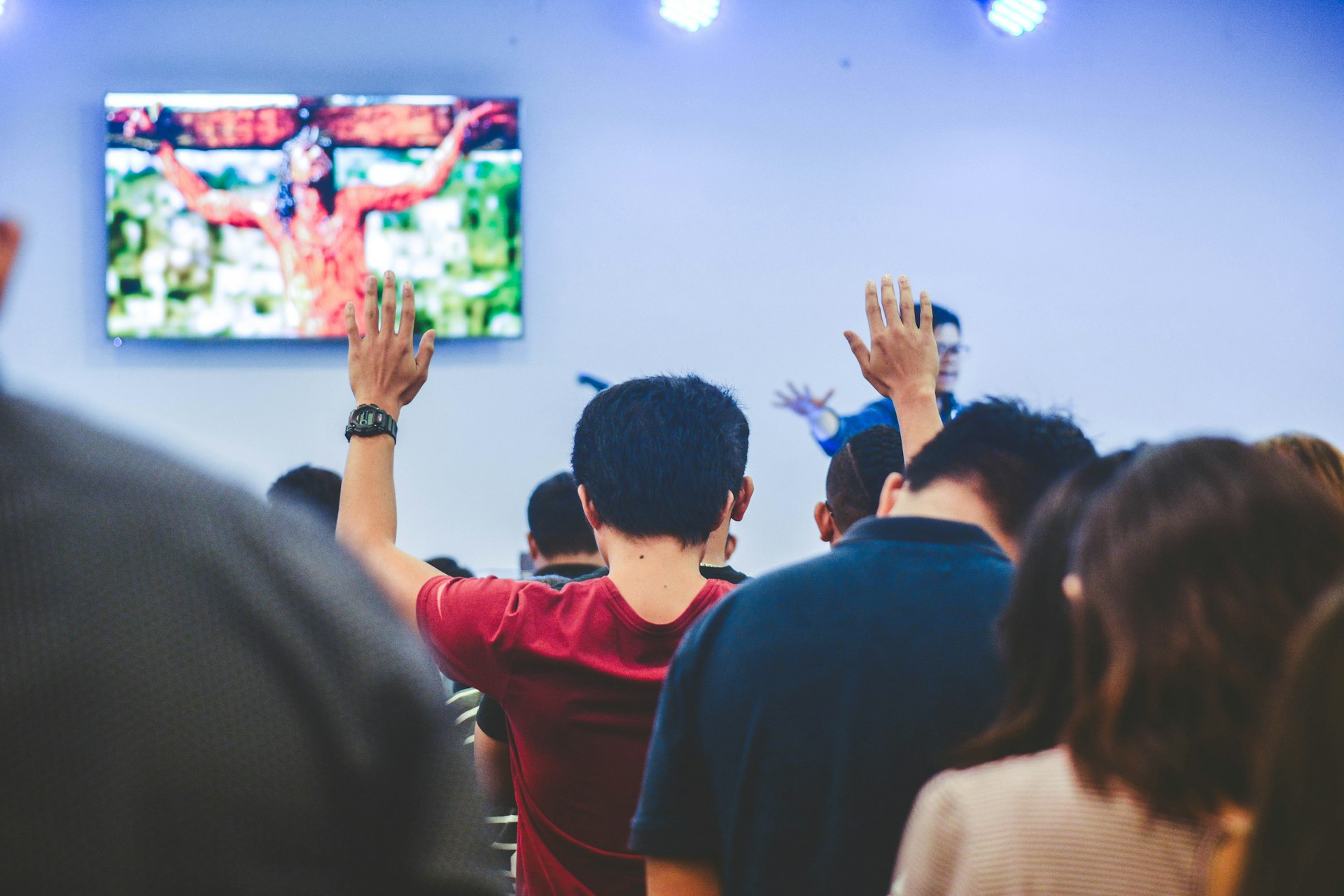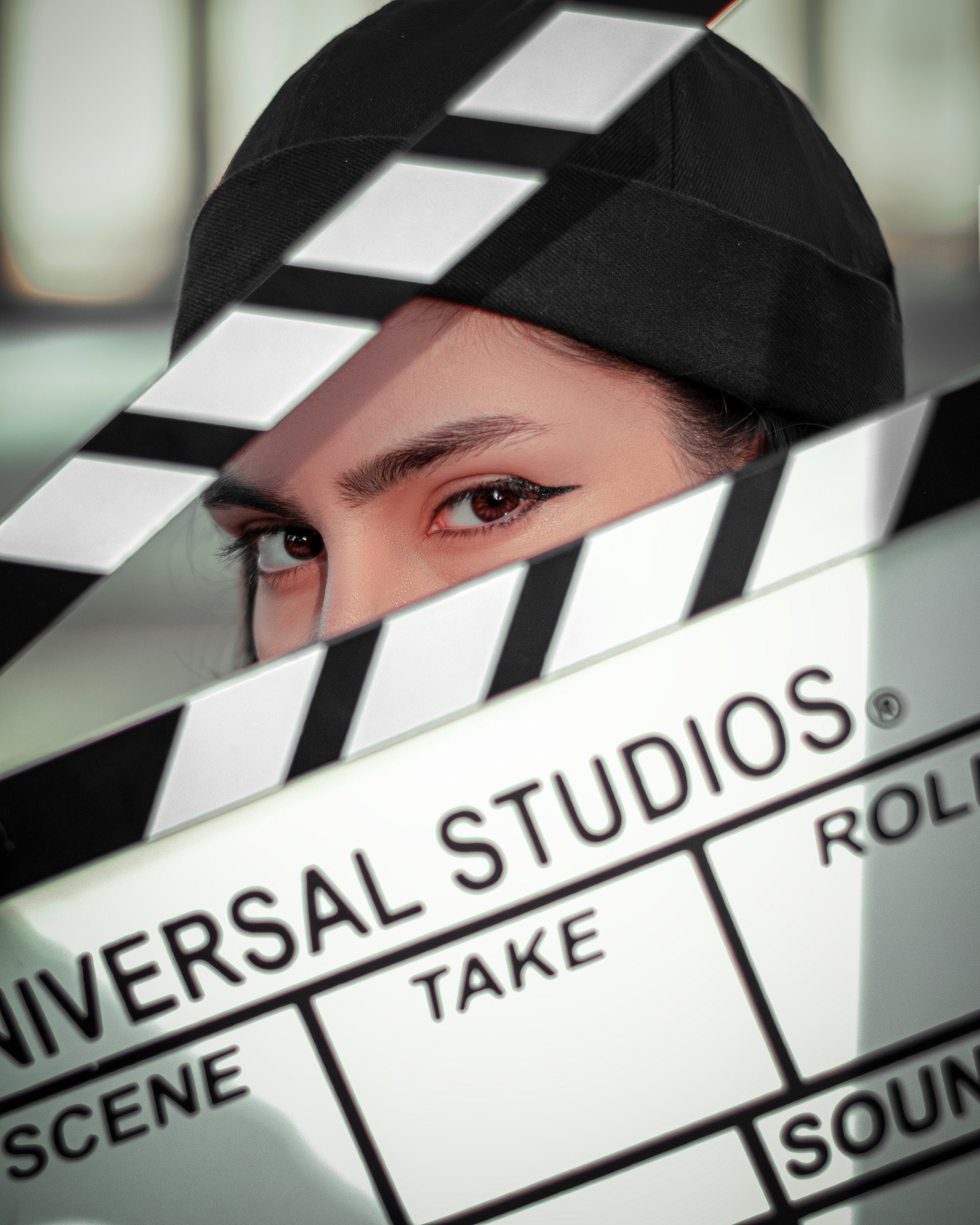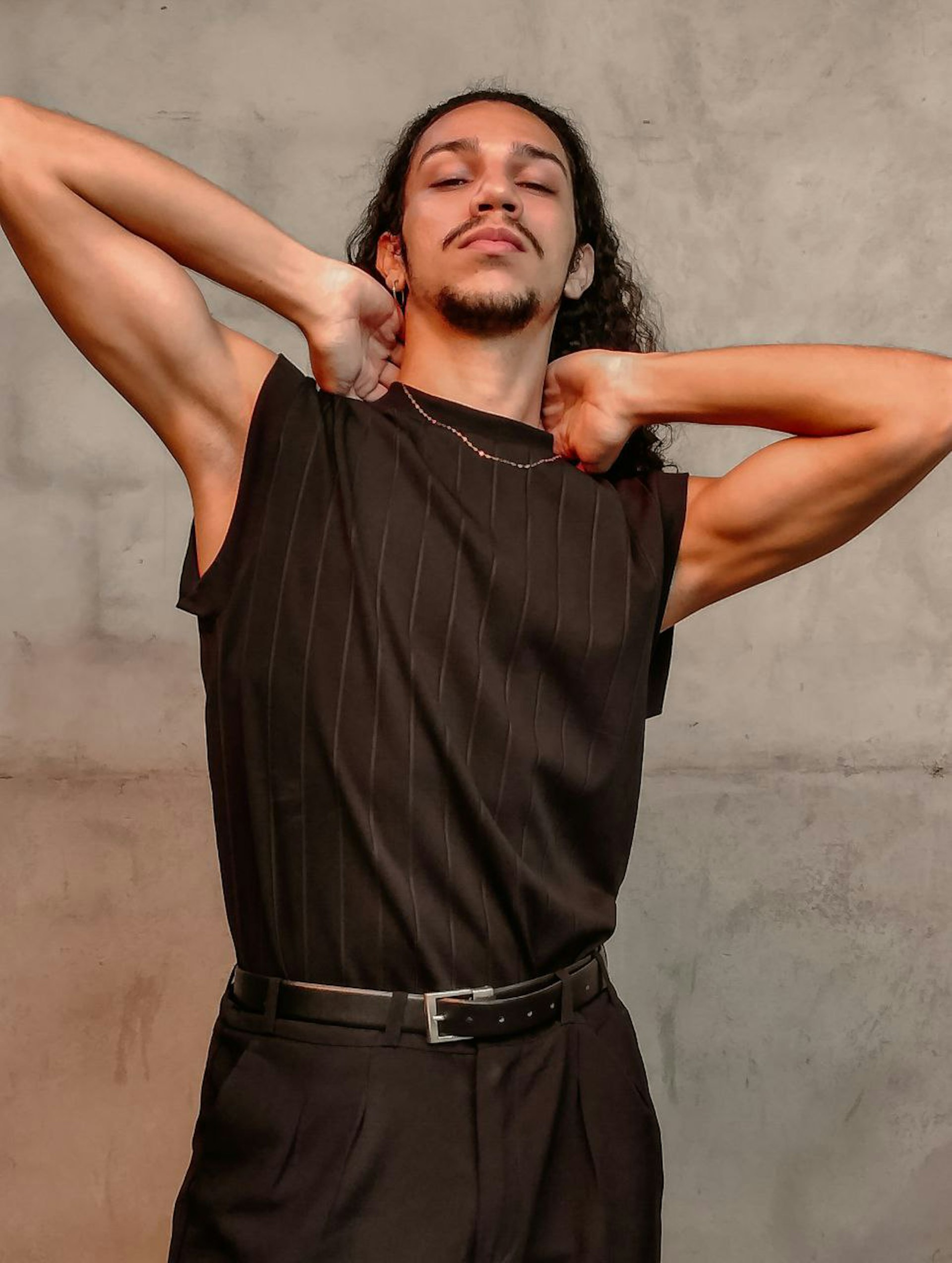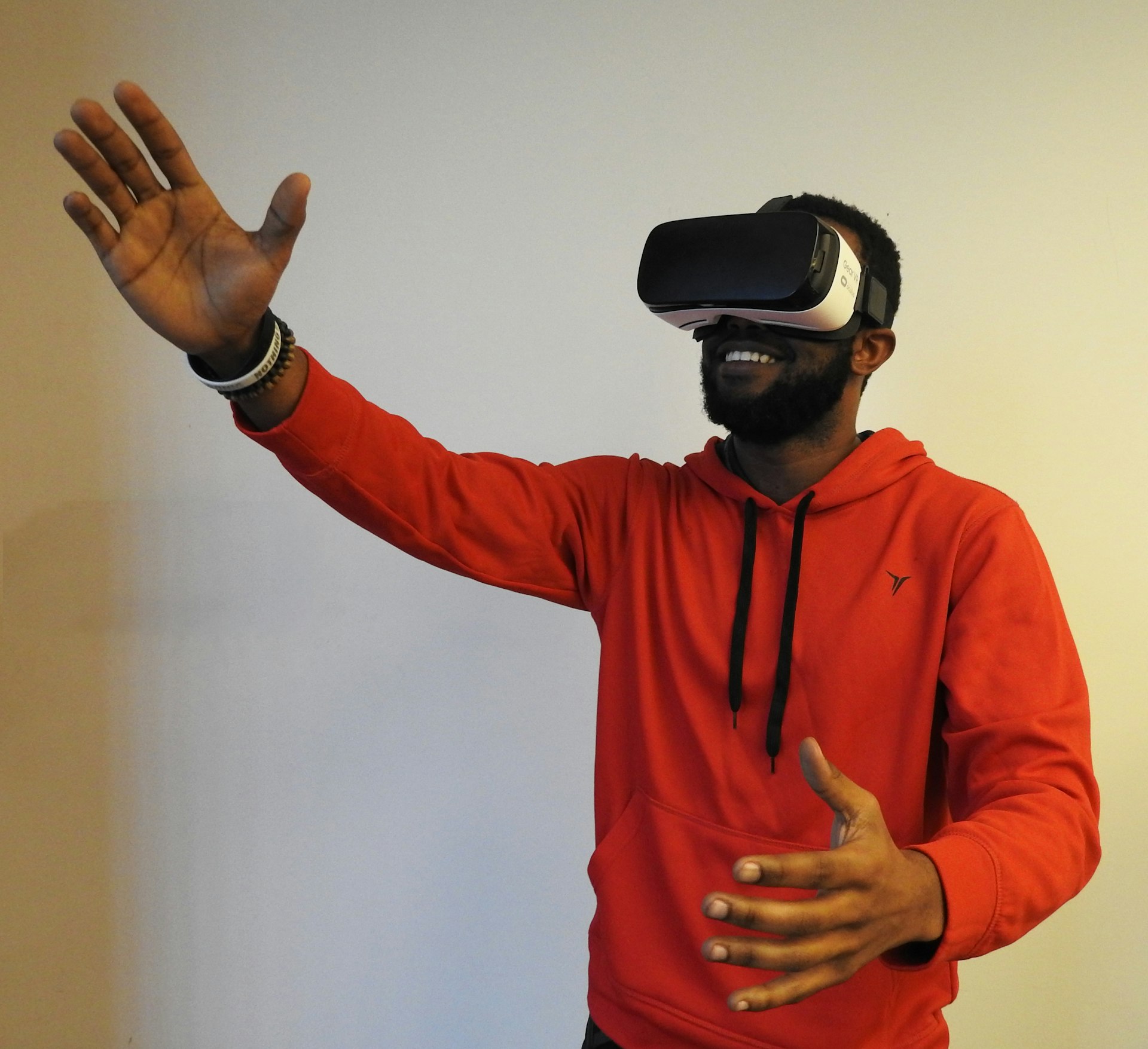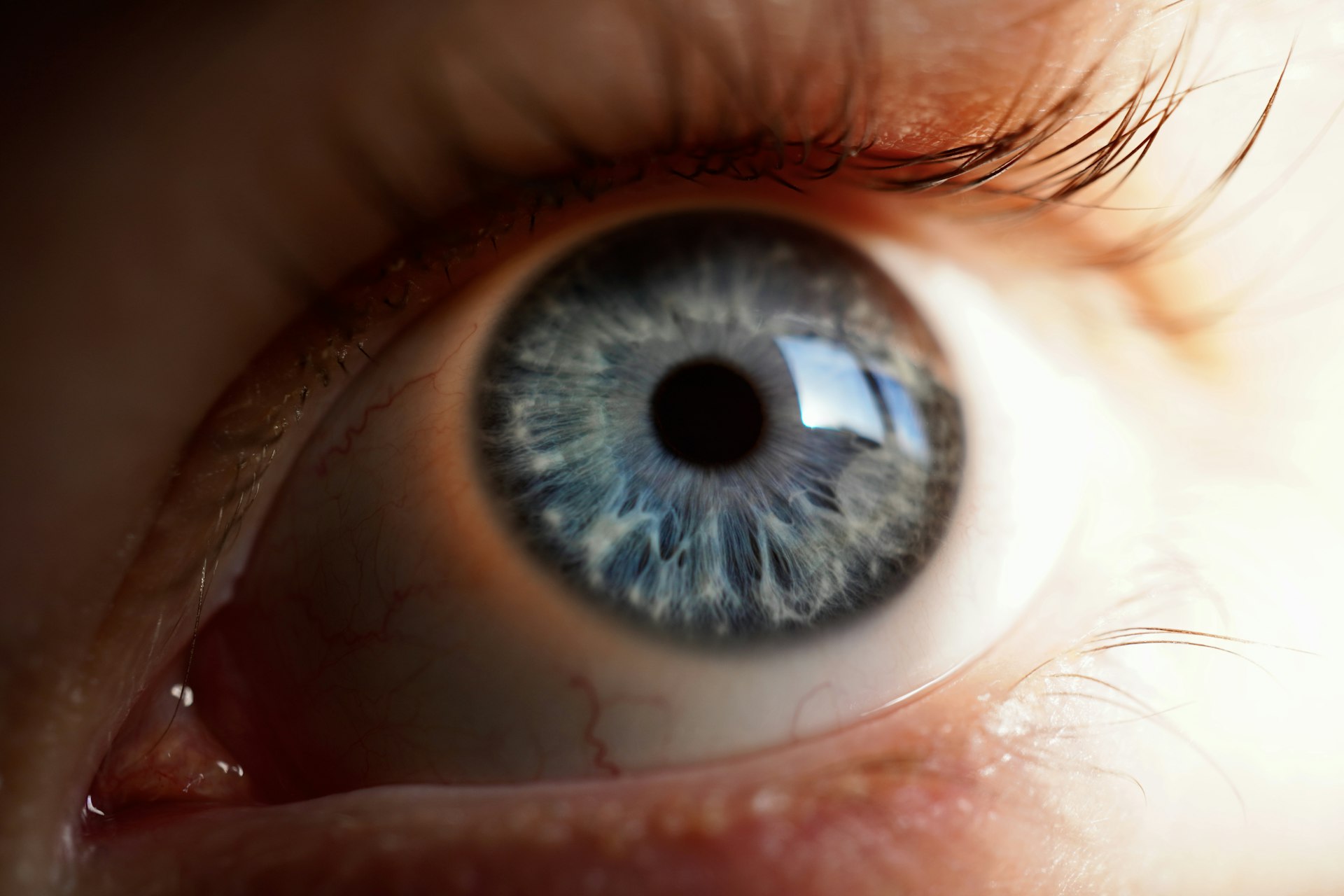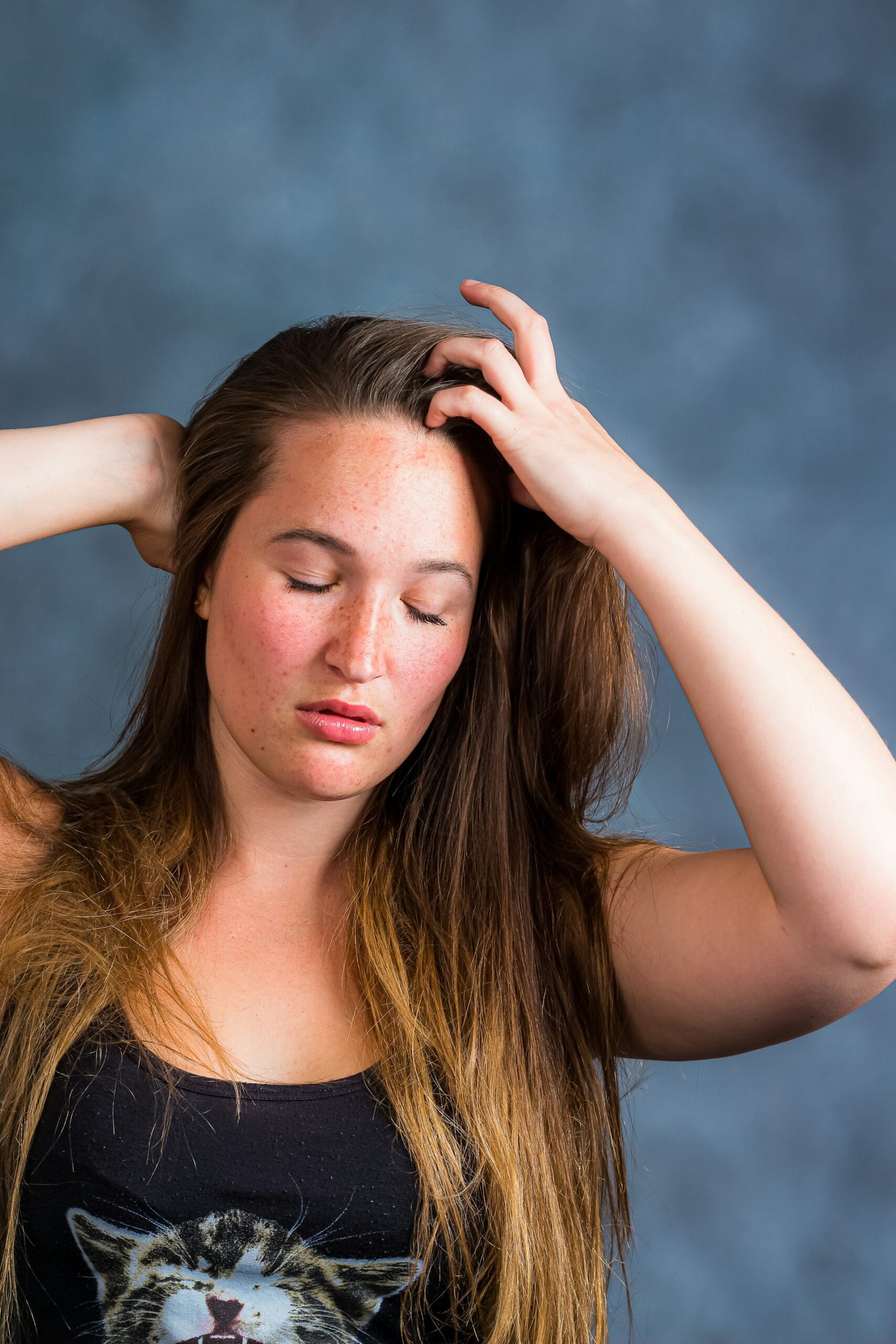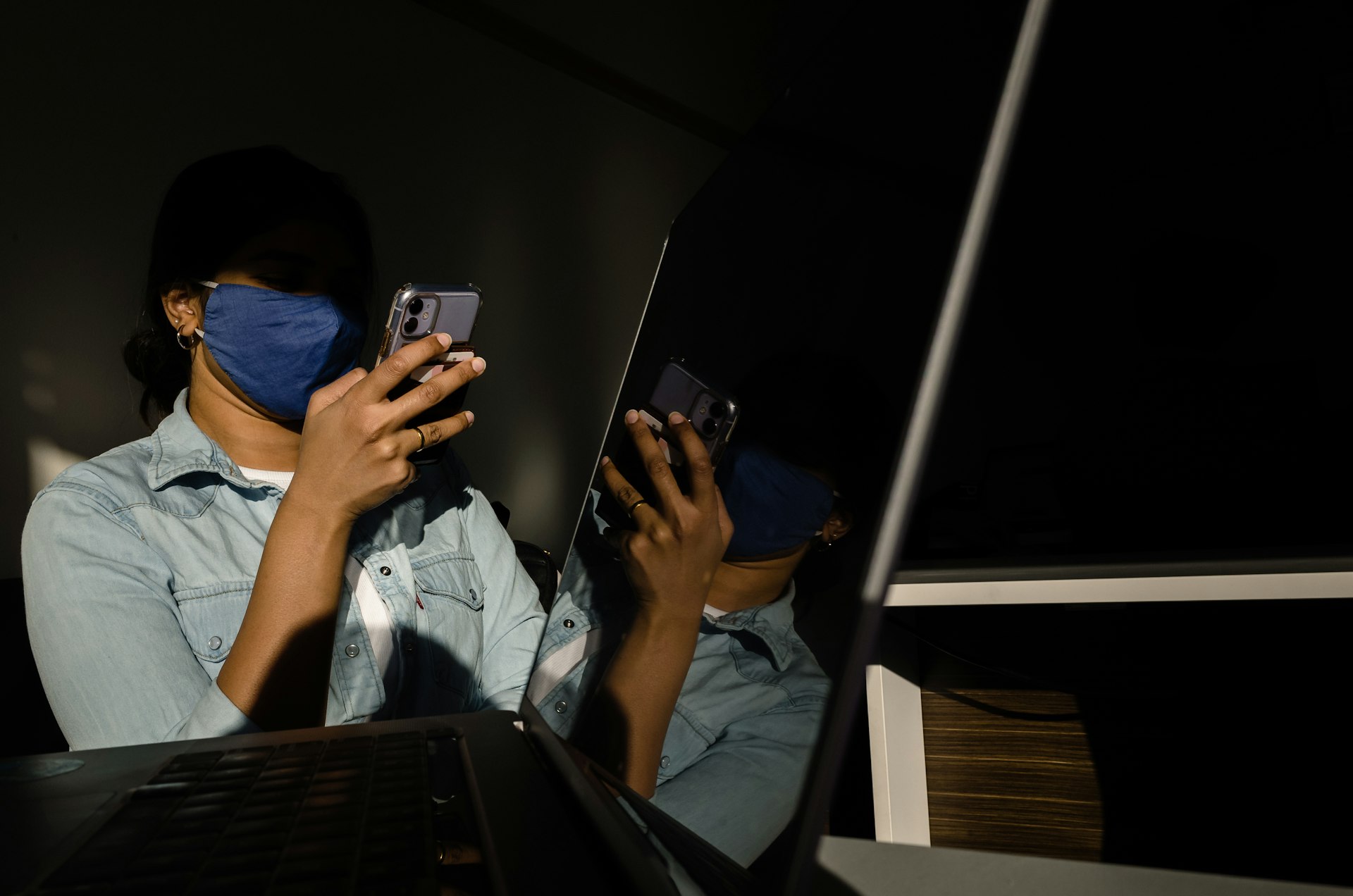Transforming Entertainment: The Power and Practice of Cultural Representation in Media

Photo by MD Duran on Unsplash
Introduction: Why Cultural Representation Matters in Entertainment Media
Cultural representation in entertainment media is more than a passing trend-it’s a transformative force that shapes how audiences perceive identity, diversity, and community. When TV, film, and streaming platforms feature authentic voices and experiences, they do more than entertain; they influence public opinion, break down stereotypes, and help build a more inclusive society. Understanding how to identify, support, and implement meaningful representation is essential for creators, industry professionals, and audiences alike. This article provides a comprehensive, actionable guide to the current landscape, real-world examples, practical strategies, and the broader impact of cultural representation in media.
The Impact of Cultural Representation: Shaping Perceptions and Community
Media does not just reflect society-it helps create it. Studies have shown that when diverse communities are accurately portrayed in entertainment, it leads to greater empathy, understanding, and social cohesion. Conversely, persistent misrepresentation and stereotyping can reinforce prejudice and limit opportunities for marginalized groups. For example, a review by Perception Institute highlights how harmful portrayals of Black children in media often restrict them to athletic or musical roles, limiting broader societal expectations and opportunities [4] .
On the other hand, positive representation can shift public opinion. Inclusive storytelling ensures that people from all backgrounds feel seen and heard, inspiring pride and self-worth. According to Action for Children, when media offers a diversity of stories, it helps foster understanding between different cultures and communities, reducing real-life discrimination [3] .
Real-World Examples: Films and Series Redefining Representation
Several groundbreaking films and TV series have demonstrated the value and impact of authentic cultural representation:
- “Get Out” (2017) – Jordan Peele’s film uses the horror genre to explore subtle and overt racism in America, prompting national conversations about race and the commodification of Black bodies. Its success shows the appetite for stories that challenge the status quo and address real social issues [2] .
- “The Rider” (2017) – Directed by Chloé Zhao, this film offers a rare, authentic perspective on Native American life. By casting non-professional actors from the community, it avoids stereotypes and provides an insider’s view of the Pine Ridge Reservation [2] .
- “Bridgerton” – Netflix’s hit series is celebrated for its racially diverse casting in a period drama, challenging conventions and opening up historical genres to wider audiences [5] .
Each of these examples illustrates how embracing diversity results in richer storytelling, greater audience engagement, and meaningful social impact.
Common Challenges and Barriers to Authentic Representation
Despite progress, significant challenges remain. In many media sectors, leadership roles are still not representative of the wider population. For instance, a Reuters study cited by Action for Children found that only 15% of top editors at major UK news outlets are non-white, illustrating a wider industry trend [3] . This lack of diversity at decision-making levels can limit the range of stories told and the authenticity of portrayals.
Stereotyping also persists. Simplistic or negative depictions can reinforce harmful narratives and influence how audiences view entire communities. American University’s filmography notes how media, including music and movies, has historically appropriated elements of marginalized cultures, sometimes with little understanding or respect, further perpetuating stereotypes [1] .
Practical obstacles include limited funding for creators from underrepresented groups, lack of access to industry networks, and insufficient support for authentic storytelling. Overcoming these barriers requires both institutional and grassroots efforts.
Strategies for Content Creators: Implementing Meaningful Representation
Creators and producers can take several actionable steps to advance authentic representation:
- Engage with Communities: Consult with members of the culture being portrayed at every stage, from writing to casting to marketing, to ensure accuracy and depth.
- Prioritize Inclusive Casting: When developing characters, consider talent from diverse backgrounds for leading and supporting roles. Tools like Filmustage’s script breakdown can help identify opportunities for inclusive casting [2] .
- Support Insider Perspectives: Hire writers, directors, and crew members who share lived experience with the communities depicted. This approach leads to more nuanced, authentic storytelling.
- Challenge Stereotypes: Actively avoid clichés and seek out stories that showcase a range of experiences, talents, and aspirations beyond common tropes.
- Leverage Industry Resources: Many organizations offer training, grants, and networking for underrepresented creators. To find current programs, you can search for “diversity in film grants” or consult the official websites of large industry bodies like the Academy of Motion Picture Arts and Sciences.
For those new to production, consider reaching out to local film commissions, multicultural media organizations, or university film departments for mentorship opportunities and collaboration.
Guidance for Audiences: Supporting and Advocating for Representation
Audiences play a critical role in shaping industry trends and holding media accountable. Here’s how you can support change:
- Seek Out Diverse Content: Make an effort to watch, share, and discuss media from a variety of cultures and creators. Streaming services often have curated sections dedicated to diverse voices.
- Engage in Dialogue: Join or organize discussions-online or in-person-about representation and its impact. Many advocacy organizations host public forums and campaigns.
- Provide Constructive Feedback: Use official channels and social media to encourage networks, studios, and streaming platforms to expand their offerings and address problematic portrayals.
- Support Advocacy Groups: Consider joining or donating to reputable organizations working for media diversity, such as Perception Institute [4] or MediaSmarts [5] .
If you are unsure where to begin, start by searching for “media diversity advocacy organizations” or visiting the official websites of your favorite streaming services and looking for their diversity initiatives.

Photo by Jakob Owens on Unsplash
Practical Steps for Accessing Opportunities in Media
For creators and aspiring professionals from underrepresented backgrounds, opportunities exist but may require proactive searching. Here’s a step-by-step approach:
- Identify industry-specific diversity fellowships or mentorship programs by searching the official websites of major networks, streaming platforms, or film associations.
- Apply to grants and competitions that specifically support multicultural or minority voices in film and television. The Academy of Motion Picture Arts and Sciences and SAG-AFTRA regularly announce such initiatives; visit their official websites for application details.
- Connect with established professionals and alumni groups from your community through social media platforms like LinkedIn or by contacting university film departments.
- Participate in film festivals that highlight diverse creators, such as the Pan African Film Festival or Asian American International Film Festival. Festival websites typically provide up-to-date submission guidelines and contact information.
Since official program availability may change, always verify current opportunities through direct outreach to organizations or by searching for the latest announcements on their official channels.
Key Takeaways and Next Steps
Cultural representation in entertainment media is not just about visibility; it is about power, opportunity, and building a more just, creative industry. By supporting diverse voices, challenging stereotypes, and advocating for systemic change, we can all contribute to a richer, more accurate reflection of society in our media. Whether you are a creator, consumer, or industry professional, your choices and actions matter.
References
- Perception Institute (2024). Media Representation.
- Filmustage (2024). How Embracing Diversity and Representation is Transforming Filmmaking.
- Action for Children (2024). Race and Ethnicity in the Media: Why Representation Matters.
- MediaSmarts (2021). Racial and Cultural Diversity in Entertainment Media.
- American University Library (2025). Filmography – Stereotyping and Cultural Representation in the Media.
MORE FROM cheerdeal.com
